Application Areas
of (functional) electrical stimulation
Functional electrical stimulation (FES) after stroke
-after-stroke.png?auto=format&sfvrsn=d27eb942_32)
With FES, everyday movements, such as grasping objects or standing up, can be systematically trained on a regular basis. The patient starts the movement impulse independently and is assisted in executing the movement correctly by successive stimulations.
Therapy goals
- Learning and re-learning lost movements used in everyday activities
- Functional improvement of upper/lower limbs (arms/legs) & the torso
- Increased independence when performing everyday activities
- Prevention and treatment of subluxated and painful shoulder or complex regional pain syndrome (CRPS)
- Improvement of sensory functions and kinaesthetic perception, e.g. in the event of neglect
- Reduction of excessive muscle tension (spasticity)
- Improved independence & quality of life
Areas of application
Patients with:
- acute, sub-acute, and chronic strokes
- brain haemorrhage
- traumatic brain injury
- complementary botulinum toxin therapy
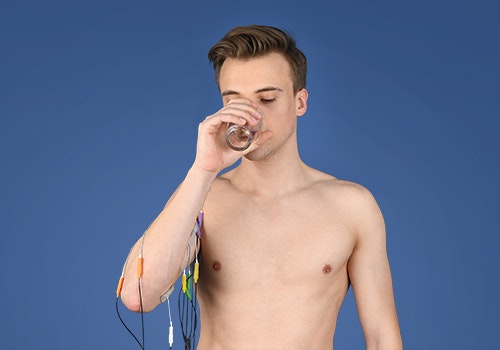
Hand to mouth
(EMG)
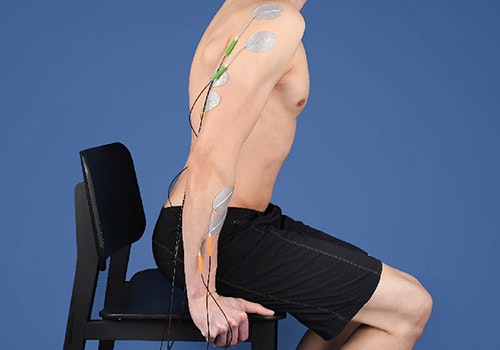
Arm extension/support
(EMG)
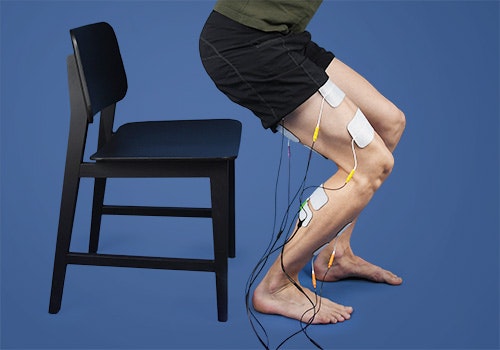
Stand up unilateral (EMG)
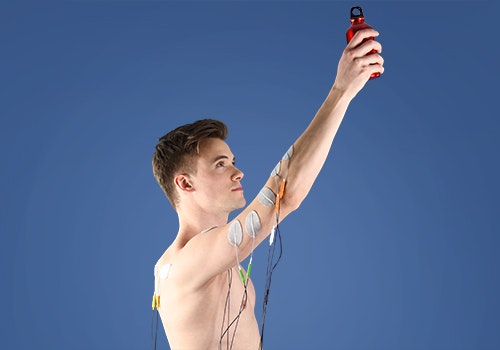
Grasp, lift above shoulder level (EMG)
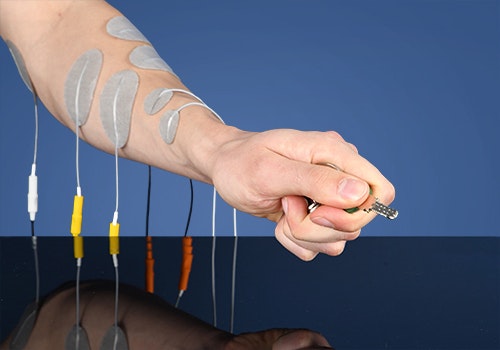
Key grip
(EMG)
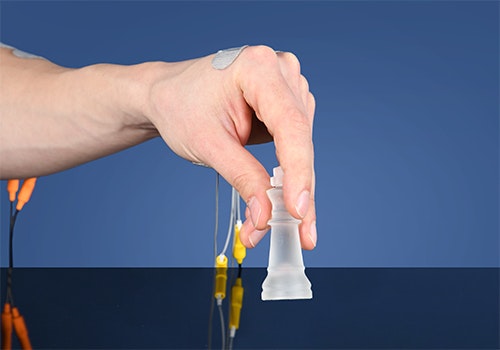
Tripod grasp
(EMG)
Supports the training of everyday movements
FES strengthens movements that have been weakened by a stroke. Measuring muscle strength by means of EMG (electromyography) enables the patient to start movements voluntarily. The stimulation takes place once a custom activity threshold has been reached. The STIWELL® enables timely activation and therapeutic training of up to four different muscle groups.
Added benefit of EMG-triggered multi-channel electrical stimulation & motor learning
The therapy for central neurological damage requires a treatment approach that is tailored to the individual patient. Neurological rehabilitation aims at setting and achieving practical goals. The re-learning of the necessary functions and activities follows the principles of motor learning. EMG-triggered multi-channel electrical stimulation (EMG MES), a modern and evidence-based therapeutic method, is used for this purpose.
Targeted activation of muscle groups with EMG MES enables training that is oriented to goals and tasks. Various movements can be practised with a high repetition count. Proprioceptive and sensory stimuli have a positive effect on movement control and the learning process. This promotes the re-learning of specific, individual, and practical motion sequences, and supports therapy for patients with muscle weakness, movement disorders, spasticity, and muscular imbalances.
STIWELL® user stories
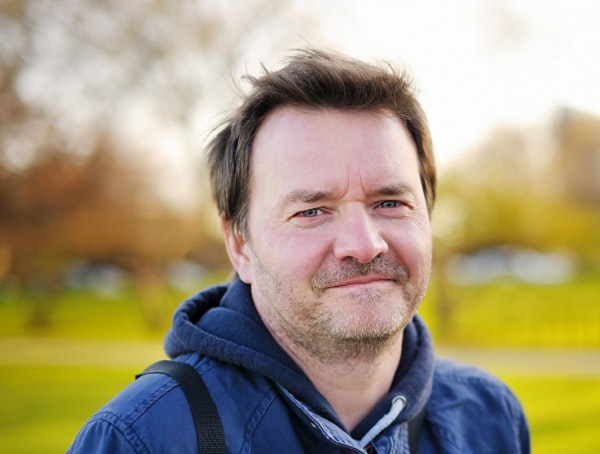
Roland
"I used the STIWELL® electrotherapy device for rehabilitation after a stroke... I've been having therapy for 2 and a half years now, but STIWELL® has helped me a lot more in just 3 months. It's a great device and a sensational development..."
Read more
